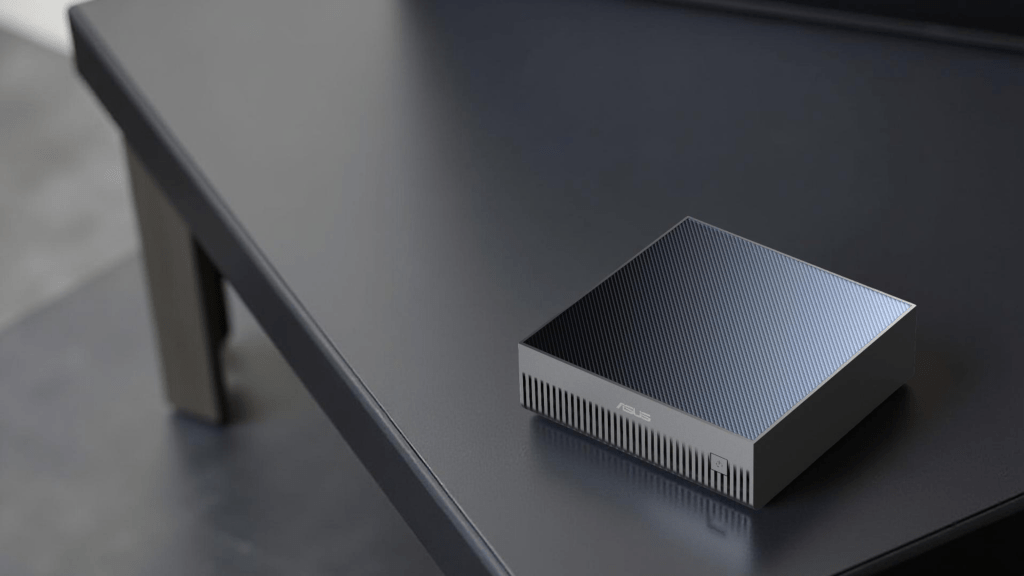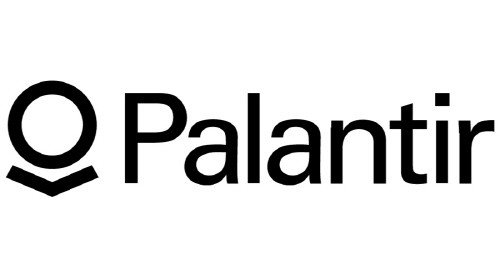What’s in a name?
I found myself pondering this age-old question during a media dinner hosted by Minor Hotels earlier this month, while listening to Marion Walsh-Hedouin, the group’s global communications director, share details about the Bangkok-based company’s early days.
That included background on the group’s name, which had always struck me as an odd fit for a fast-growing hospitality empire that now spans more than 560 properties across 58 countries. And in an industry where names like Ritz-Carlton and Waldorf Astoria convey luxury and refinement, “Minor” seems understated by comparison.
Minor Hotels’ roots can be traced to 1967, when American-born entrepreneur William Heinecke founded Minor Holdings. That name wasn’t born out of focus groups, a shrewd business plan or a prestigious family surname. Instead, the name came about simply because Heinecke was 17 at the time, so he was literally a minor when he started his business.
Despite choosing branding that essentially advertised his inexperience, Heinecke managed to build a substantial portfolio over nearly six decades, expanding the Minor Hotels fold with brands like Anantara, Avani, NH Hotels, NH Collection and Tivoli.
The origin story got me thinking about other hotel brands with names of similarly unconventional origins. Take Richard Branson’s Virgin Group, for example.
When Branson and business partner Nik Powell founded the brand as a mail-order record company in 1970, they landed on the name Virgin “because they were entirely new to business,” according to the company’s website.
Like Heinecke, they had no experience — as well as no shame about making that fact known. But from that humble beginning, Virgin has evolved into a billion-dollar empire spanning airlines, space ventures, hotels and many other industries.
Naivete, it seems, can be an underrated asset in the hospitality industry. But sometimes, the universe intervenes to save founders from their own worst naming instincts.
Consider Four Seasons Hotels and Resorts, whose founder, Isadore Sharp, originally wanted to call his hotel chain Thunderbird Inn. It would have been a fitting title for the company’s first location, a modest “motor hotel” in downtown Toronto that opened in 1961.
But as fate would have it, that name was already taken. So, a relative suggested the “Four Seasons.”
While Minor and Virgin embraced their inexperience, Four Seasons stumbled into a brand that has come to be synonymous with sophistication, with Sharp declaring that “there was no vision, there was no grand dream” in those early days, according to the company.
The luxury hospitality brand, however, hasn’t forgotten its roots. The name Thunderbird currently graces the employee cafeteria at Four Seasons’ Toronto headquarters, a reminder of what might have been.
Can you imagine a parallel universe where well-heeled travelers check into the Thunderbird Beverly Hills, or a newlyweds rave about their honeymoon at the Thunderbird George V Paris?
It doesn’t quite have the same ring to it as Four Seasons, does it?
These companies were all able to flourish and become leaders in the industry despite their somewhat humble stories of branding based on youth, inexperience and happy accidents. It may go against conventional corporate wisdom these days, but perhaps the most powerful brand story may be admitting you didn’t really have one to begin with.




































